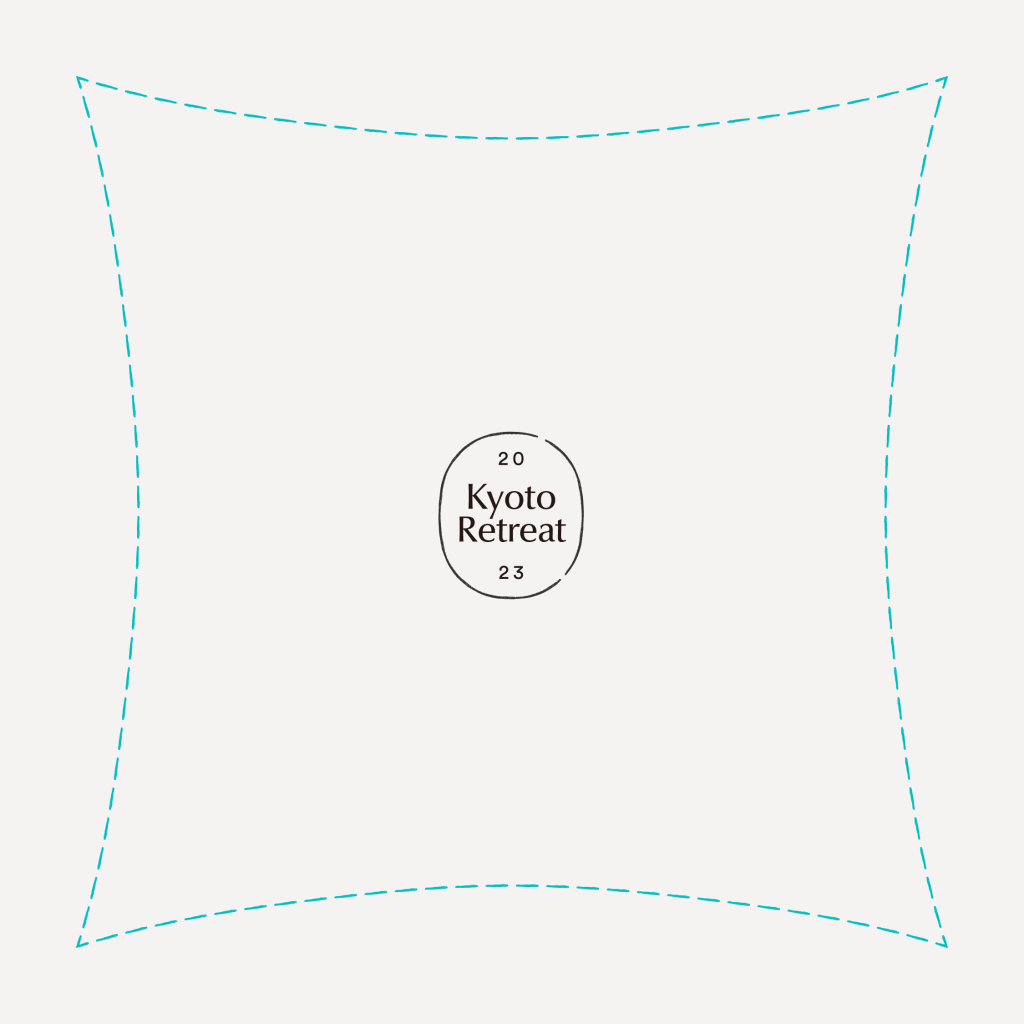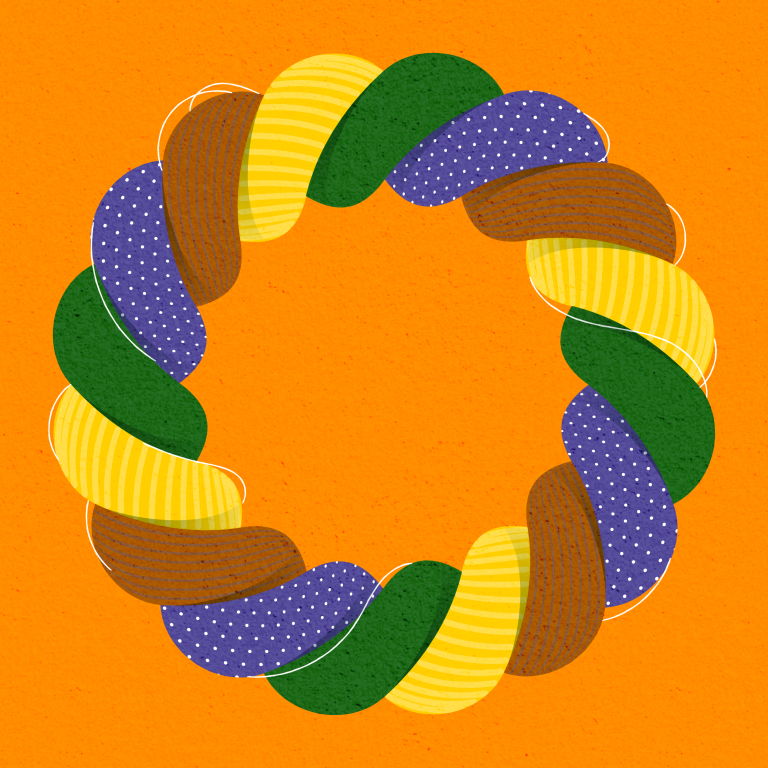Early last year, we entered a phase of designing the brand identity for DAL in collaboration with a team from Pentagram. The process required us to deeply explore the concept of Henkaku, the foundational idea behind DAL. Our journey took us through our understanding of “sensibility,” “architecture,” and the “humanistic approach.”
The idea of a new digital architecture stems from Joi Ito’s position that today’s cross-sectoral challenges—including climate change, recession, rising prejudice, inequality, and even war—arise from humanity’s relentless pursuit of efficiency, growth, and productivity.
My background is in social media marketing, where “engagement” is often simplified to likes, comments, and shares. Strategies to bolster this engagement often involve investing more in ads to elevate these metrics and drive traffic.
Yet, I’ve always pondered: what truly is engagement? Are we using the right metrics to measure it? I believe that genuine engagement is the continuous nurturing of a relationship through interactions and mutual growth. It transcends mere numbers and statistics. Thus, our team focused on interacting with the audience and building interpersonal relationships with our audience. However, I believe that current social media analytics somewhat diminish the true essence of engagement.
Going back to the ideation process with Pentagram, I sensed a gap in our expression. What precisely were we trying to articulate? Perhaps it was a word. What is the core value that we wish to embed in this new digital architecture? What word best describes our values? Addressing this was one of our primary objectives. A major goal of the first DAL retreat in Kyoto was to offer our team a chance to collectively seek answers to these questions.
Celebrating the Spaces in Between
I recently had a profound conversation with my dad about relationships. As my life grew busier, I had a concern that I was no longer present for my loved ones, so much so that even my family felt like I was drifting away. Many close to me felt I had “changed.” I found myself in a spiral of self-blame, wondering why I couldn’t better communicate, interact, or deepen my connections.
My dad offered a perspective that resonated deeply: relationships revolve around the “space” between two people. He pointed out that in the Chinese characters symbolizing humanity, there’s an inherent notion of space. Time itself has space. He encouraged me to shift my focus: rather than dwelling on my individual contributions, I should consider how best to nurture the intangible space between us.
This concept was echoed in a lecture I recently attended by Takemura sensei. In Japanese traditional dance, there’s an emphasis on the notion of “ma” 空間意識の間, 時間意識の間 – the concept of space and interval. The dance celebrates the space in movements between performers, their rhythm and timing, and their relationship with the surrounding environment.
I was to discover that Joi discussed a very similar concept back in 2014, visualizing all of science as a vast paper with disciplines represented as tiny dots on the paper. The vast white space between these dots represents an “antidisciplinary space.” What’s significant today lies not only in the tangible but also the unseen — the pauses, rhythms dancing between spaces, and bonds uniting us. This embodies interconnectedness and continuity.
Kenya Hara, Muji’s art director, philosopher, and designer, posits that true beauty is not found in the tangible, but in the intangible. It can be found in nature rather than the self. To him, absence often speaks louder than presence. In his book White, Hara emphasizes that “absence” isn’t a vacuum but a realm bursting with potential.
This philosophy resonates with the broader Asian perception of “space.” (間) Asian aesthetics highlights the vitality that emptiness brings to humanity. Rather than mixing things artificially, we allow entities to exist in their authentic forms with mutual respect and acknowledgment. In this space, differences aren’t just tolerated; they coexist and harmonize, crafting a mosaic enriched by its diversity.

A Timely Reminder and a Step Forward
So, how is all this relevant to our retreat? DAL is an ensemble of people from diverse walks of life. Some of us are prob comp advocates and technologists while there are others who would not associate themselves with technology at all. But we understand that we are a collection of our unique narratives, and when these individuals come together we have a powerful story. In her book How To Do Nothing, Jenny Odell passionately argues that humans should be valued beyond mere productivity or efficiency. Every individual has inherent worth and intrinsic value. Our retreat was designed to immerse participants in these ideologies, facilitating genuine interactions.
We bring ideas into life. We want to give forms to these concepts.
Unlike typical think tanks, DAL doesn’t produce physical products or sell tech solutions. Our unique position allows us to focus more on ideas and values, channeling them into various formats — such as crypto bars, articles, community initiatives, or probabilistic programs through which we are helping design a machine that sees the world more like humans do.
It’s rare for a public enterprise like DG to foster a lab like ours. Yet here we are, ready to mold human-centric ideas into tangible projects. The diverse formats exhibit the many ways we can articulate our thoughts, whether through media, communities, movements, or by designing the new digital architecture informed by our sensibilities. As we venture forward, we want to remain mindful of the spaces between us and the world. Only by truly understanding these intangible bonds can we hope to design a future that resonates with genuine human connection and purpose. Designing the Kyoto retreat was a timely reminder and an exercise that drew us closer to fulfilling our mission.
Daum Kim is the Deputy Architect at DAL (daum@dalab.xyz)
Illustration: Soryung Seo
Edits: Janine Liberty & Joseph Park





